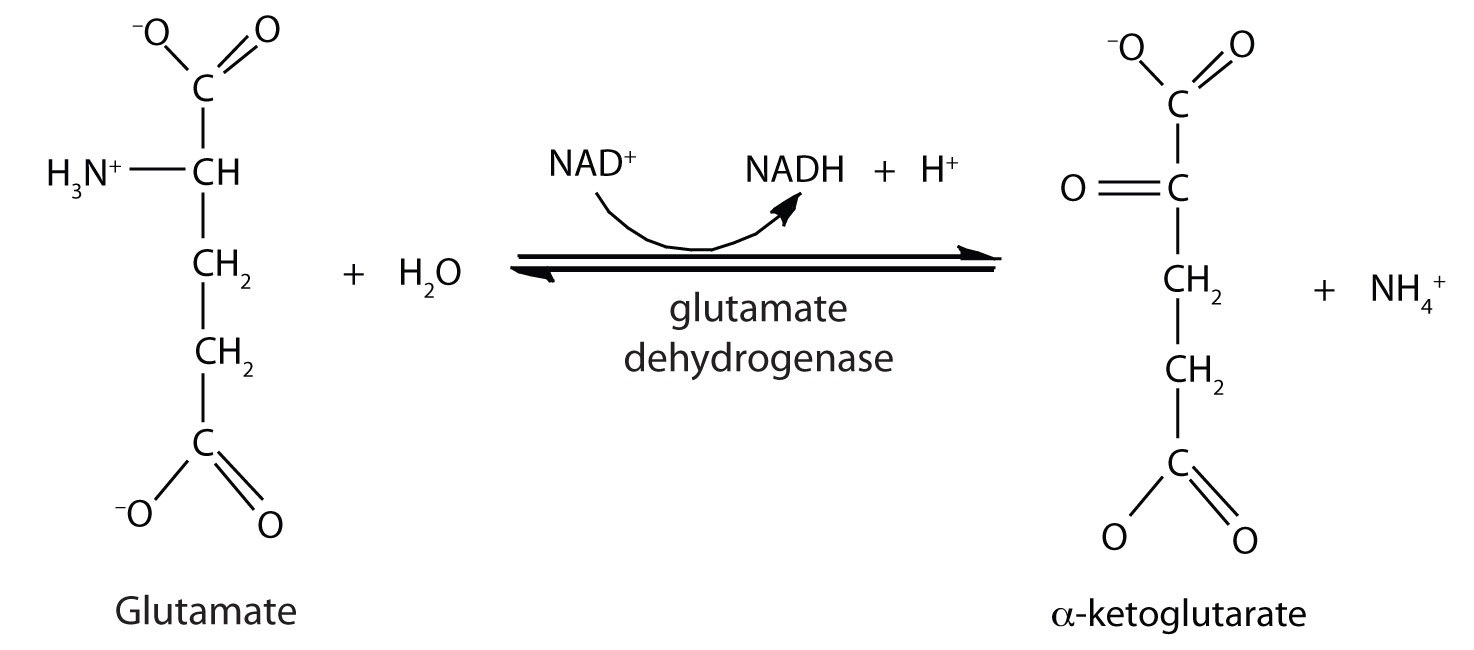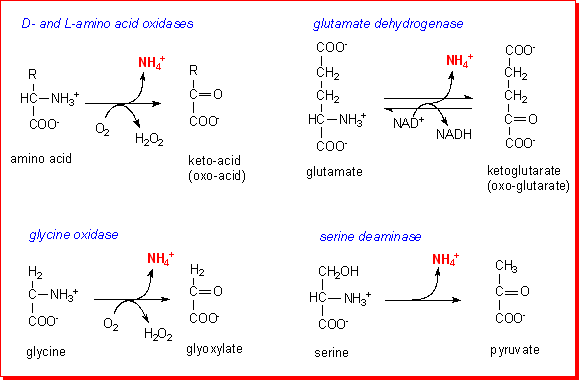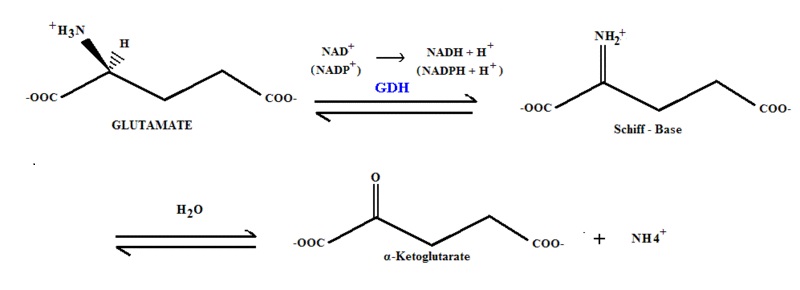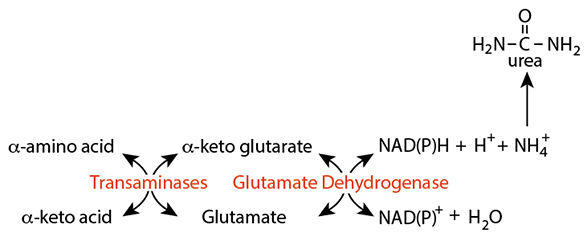Deamination

Deamination is the removal of an amino group from a molecule.
Deamination. From cambridge english corpus they catalyse the oxidative deamination of primary amines by dioxygen to form aldehydes ammonia and hydrogen peroxide. In situations of excess protein intake deamination is used to break down amino acids for energy. Deamination transamination and oxidative deamination are the two major enzymatic pathways involved in the removal of the a amino group of amino acids. The deamination of primary aromatic amines typically involves the conversion of the primary aromatic amine to a diazonium salt followed by reduction vide infra.
In the human body deamination takes place primarily in the liver however it can also occur in the kidney. Deamination is the bodily process in which amino groups are removed from excess proteins. Deamination the breakdown of amino acids releases nitrogen containing amine groups nh2 which can be toxic to cells the liver removes these amine groups via the process of deamination and converts them into harmless products the amine group is first converted into ammonia which is toxic and then converted into urea. Collins dictionary of biology 3rd ed.
Deamination deamination is one of the most important steps in which an amino group is transferred from an amino acid which acts as a donor to a keto acid which acts as an acceptor transforming amino acids to α ketoacids for excretion rui 2014. De am i nat ed de am i nat ing de am i nates to remove an amino group nh 2 from an organic compound. This process allows the system to convert excess amino acids into usable resources such as hydrogen and carbon. The removal of an amine group usually by hydrolysis.
The amino group is removed from the amino acid and converted to ammonia. This happens most often in the liver though it also occurs in the kidneys. Deamination is the process by which amino acids are broken down if there is an excess of protein intake. Deamination the removal of the amino group nh2 from a molecule as in the release of ammonia nh3 from amino acids the residue of which can then enter the krebs cycle usually via acetylcoenzyme a.
























